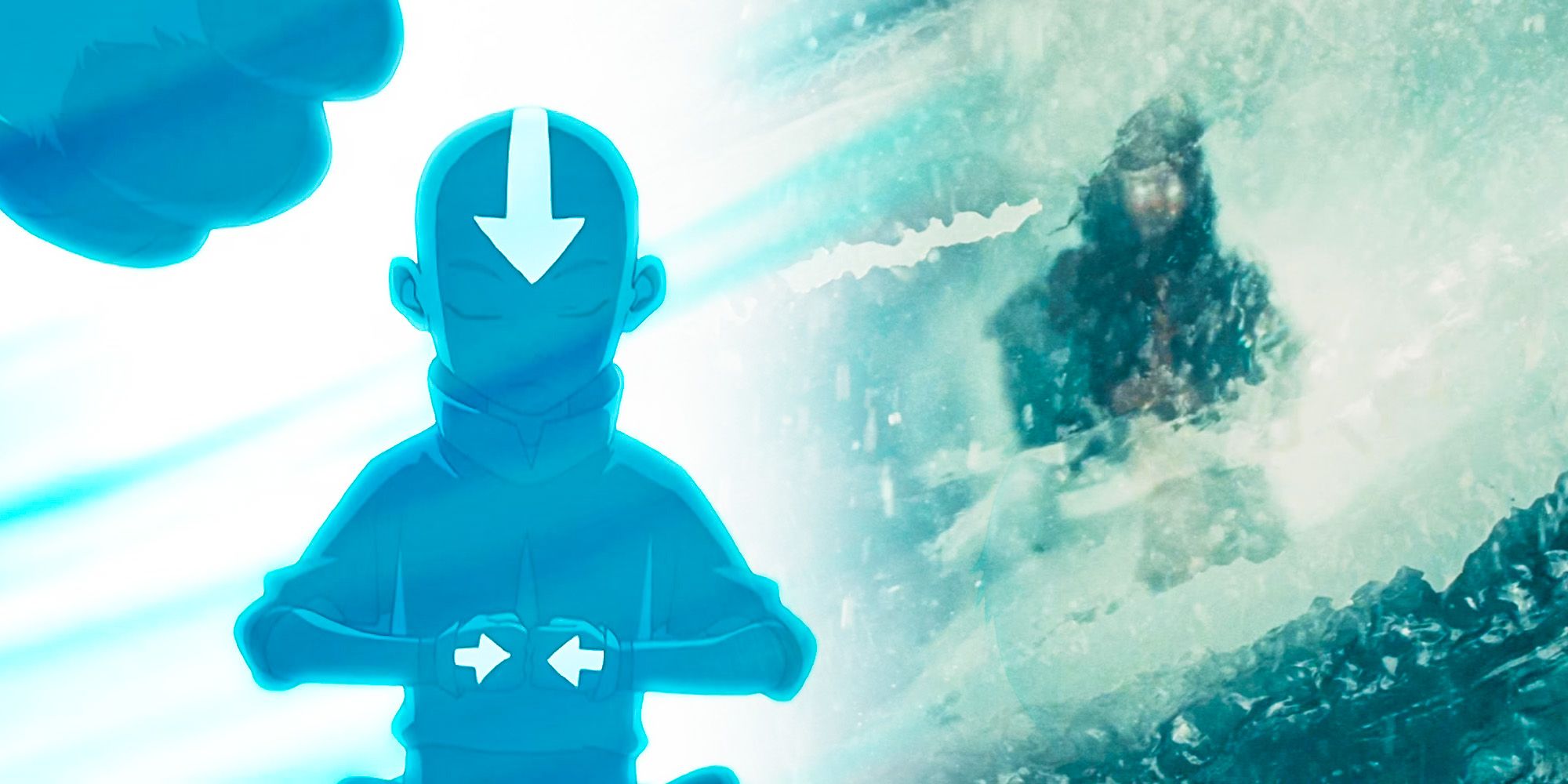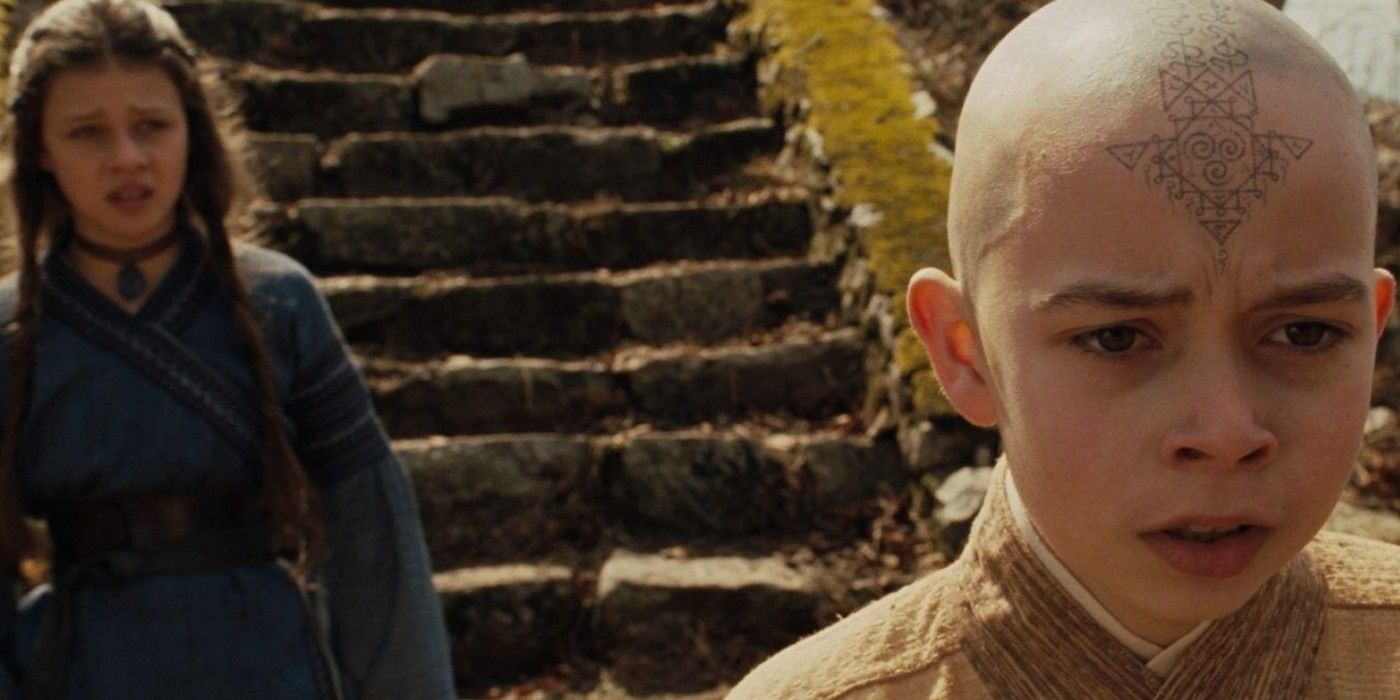Netflix's reboot of Avatar: The Last Airbender needs to avoid the mistake with Aang's origin made in The Last Airbender. Written and directed by M. Night Shyamalan, The Last Airbender was completely catastrophic as an adaptation of the beloved Nickelodeon anime-inspired series. Among the many problems with The Last Airbender was its rushed story structure, mainly regarding the young Avatar Aang's (Noah Ringer) severely limited backstory that is integral to the original story.
The Last Airbender adapted the first season, or "Book One," of Avatar and condensed the 20-episode story into 103 minutes. The end result was a movie that played as a hurriedly scribbled version of season 1, including its presentation of Aang's origin as a monk of the Southern Air Temple frozen in ice for a century. In re-introducing Aang (Gordon Cormier) in live-action, Netflix's Avatar can't simply retread the ground that The Last Airbender did in how Aang's story begins. Fortunately, it can significantly change up how Aang's origin is shown.
Rather than starting with Aang being thawed from his suspended animation by the highly-talented Waterbender Katara (Kiawentiio Tarbell) and her brother Sokka (Ian Ousley) as depicted on the original show and in The Last Airbender, Netflix's Avatar can compartmentalize Aang's origin in a more non-linear fashion. As an 8-episode series, the Avatar reboot has plenty of breathing room and the freedom to choose a new starting point - showing Aang already aligned with Katara and Sokka and opposing the Fire Nation's conquest of the Four Nations. Aang's origin as the Avatar could also be something the show could approach more gradually, showing how Aang's story began in flashbacks or even setting aside a later episode to focus on it.
The Netflix Avatar reboot already has much more flexibility than The Last Airbender's terrible run-time ratio with its source material. In having to speed through so much material in such a short period, The Last Airbender did little more with Aang's origin than hurriedly attempting to hit the same introductory notes of it as seen in the original Avatar. The Last Airbender inevitably ended up a flat and unengaging experience due to this approach, and there's no reason for that to be the case with Netflix's Avatar.
Distancing itself from The Last Airbender's failings with element bending and other shortcomings is definitely a mandate for Netflix's new Avatar, and setting up the flow of its story to be completely different would be an easy way to do that. If the Netflix re-imaging of Avatar begins from a different starting point than The Last Airbender, the immediate message it will send is that it's genuinely trying something new.
Over a decade after its release, The Last Airbender still haunts the collective memory of Avatar fans, and the franchise's second try at live-action on Netflix is a real chance for a redemption story. In order to set itself apart from The Last Airbender, the Netflix take on Avatar: The Last Airbender can and should try to be as new and fresh as possible in telling its own version of the adventures of Aang, Team Avatar, and their eventual friend Prince Zuko (Dallas Liu). For that, holding Aang's origins in reserve could be an unexpected secret weapon for the highly-anticipated Netflix adaptation.


